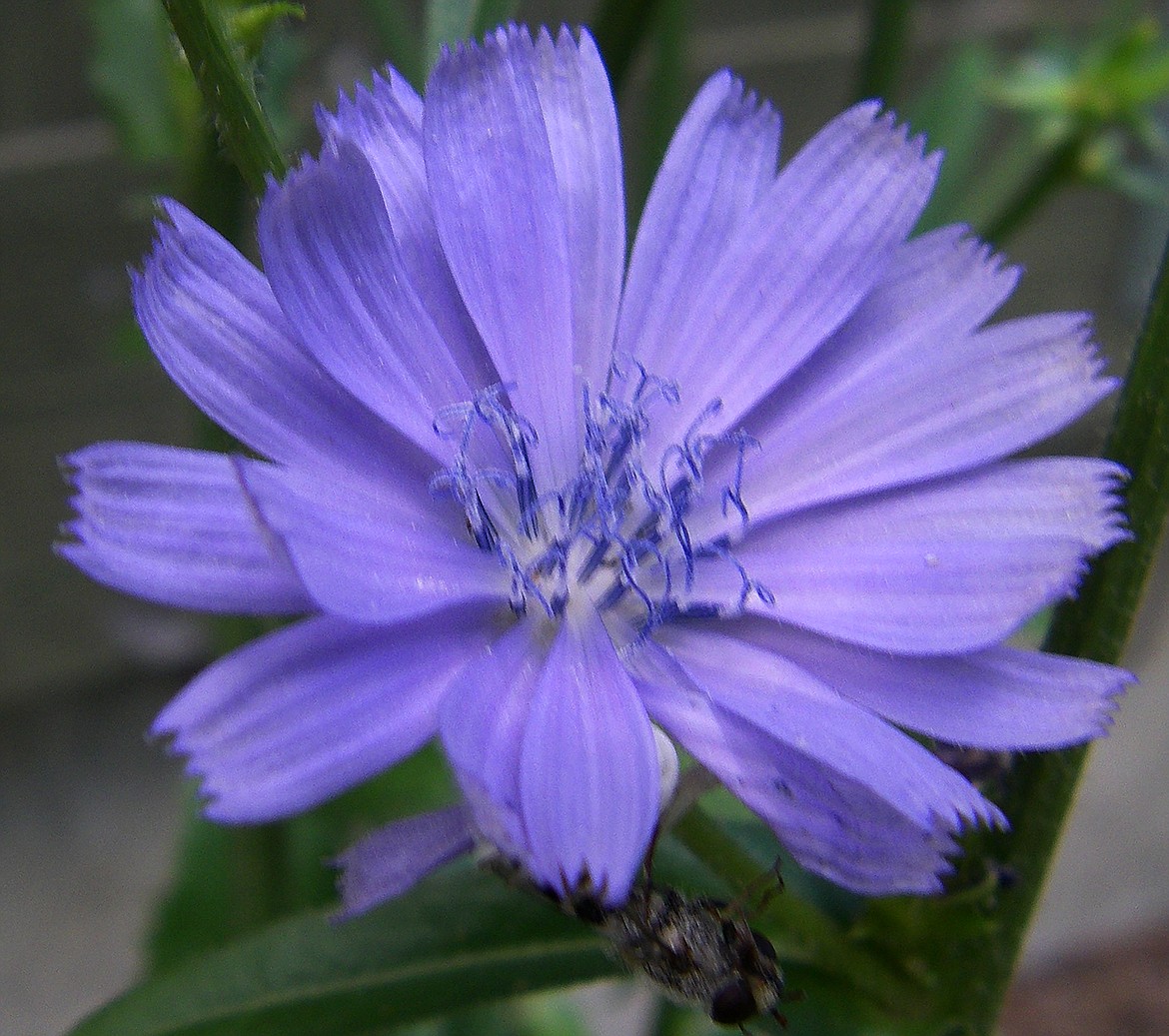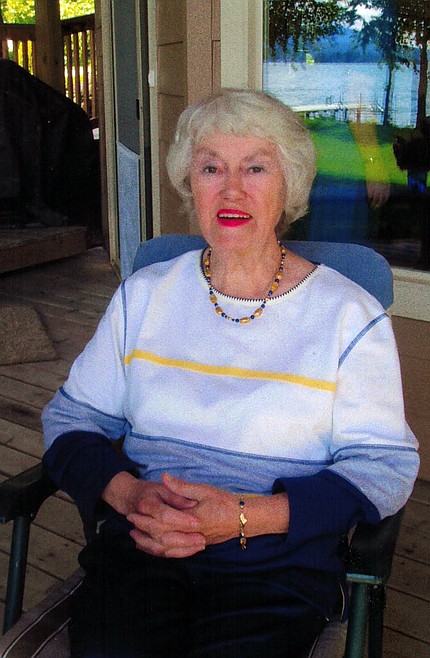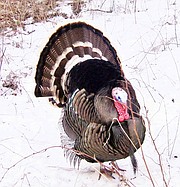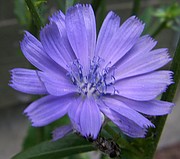Nightcaps, phenology, and Christmas for the birds
The one Christmas present I want the most — and am the least likely to get — is a night cap. No, not a pre-bed glass of wine but a real, old-fashioned, warm flannel head-covering night cap like my grandmas used to wear. I guess I must be subject to “cold-head” or something, but at night my head gets so cold I have to pull the blankets up and over it. I have checked every area store and catalogs galore but no luck. It’s kind of a shame that many of the good old-fashioned things have just disappeared.
But Christmas is just around the corner and, despite COVID-19, will provide a beautiful reminder of what the season is really all about: Love, sacrifice, faith and trust. And if it isn’t as merry as we’ve been used to, at least it offers hope, something we all need now.
On to a lighter subject, you folks out there in reader-world know I’m a fan of the Old Farmer’s Almanac. I am indeed, but not in every facet — for which reason I ignored the article entitled “Phenology” — thinking it said “Phrenology,” a subject I’m not at all interested in. When I finally noticed the lack of an “r”, I realized the co-title “Nature’s Calendar” was appropriate. I found it really interesting so selected some of the North Idaho hardy plant-pest combinations/warnings to augment your spring plans. The first one is a no-brainer because our own “Spud Queen” Pat VanVolkinburg has told us for years — “Plant potatoes when the dandelions bloom” — but there’s more to follow:
Plant peas when the forsythias bloom;
When lilacs are in first leaf, plant beets, carrots, cole crops (broccoli, Brussels sprouts, etc.,) lettuce and spinach; when lilacs are in full bloom, plant bean, cucumber and squash seeds;
When purple lilacs bloom, grasshopper eggs hatch.
Plant corn when apple blossoms fade and fall;
Plant tomatoes when lilies of the valley are in full bloom;
When bearded iris bloom, transplant eggplants and peppers;
When red maples bloom, plant onions; when the maples have full-size leaves, plant morning glories;
Plant pansies, snapdragons and other hardy annuals when aspens and chokecherries have leafed out.
When Canada thistle blooms, watch and protect susceptible fruit from apple maggot flies;
When Crabapple trees are in bud, tent caterpillars are hatching;
When morning glory vines begin to climb, Japanese beetles appear.
Squash vine borers arrive when the chicory blooms.
There was one bit of advice that recalled my childhood in Coeur d’Alene in the mid-1930s; “Plant zinnias and marigolds when black locusts are in full bloom.” The city — probably in the early 1920s — had planted black locusts between the sidewalks and curbing along several streets in the residential area. On Third Street, where we lived, there were several of the venerable rough-barked, sharp-thorned trees and I loved them for their fragrant blossom clusters in the spring. Some people called them “honey locusts.” Apparently, however, many folks didn’t like the mess the falling blossoms made and, sometime in the late 1940s, the city cut them all down. I’ve never seen any in the Sandpoint area, and wonder if they’ve become a thing of the past.
On now to a different sort of tree: I’m writing this early in the month and am loving the glorious Christmas lighting and displays at homes all over town. It’s like a “light in the wilderness;” with so many folks having to stay at home it seems they’re determined to make their holiday surroundings as gorgeous as possible. Beautifully lighted trees can be seen through many windows and my own little purchased fir is waiting to be unbound and mounted on the front deck. I’ll decorate it with tinsel, twinkling lights and lots of small seed feeders and suet ornaments for the birds — mostly chickadees and nuthatches — and doubtless the mooching pine jimmies. During foul weather last winter, some of the birds took shelter in the porch tree’s branches, perhaps drawing a bit of heat from the tiny lights. They’re all welcome for the delight they’ve provided me all year long. I love the fact they know and don’t fear me: when I’m on the deck they flit around my head, fly to a feeder and pluck a sunflower seed, knowing they are safe.
Trust of the wild creatures is the most precious gift of all. Especially welcome are the varied thrushes which show up occasionally at the “broadcast” site. Looking somewhat like a robin all dressed up for a party, these big beauties aren’t too often seen, but their lovely, mournful one-note call and the mate’s answer are heard frequently in the woods. A similar beauty — also seen occasionally, is the Bullock’s (or Northern) Oriole — the western relation of the Baltimore Oriole — its orange tone is similar to the Varied Thrushes and robins and from a distance a quick sighting can often confuse any of the three for one another. By the way, Orioles — as per our illustration — are fruit lovers, so cut up an orange to add to your seed offerings.
The (once) little muley fawn who was born in the woods behind my home very early last spring, is now a handsome — though still only half-grown — young buck sporting a tiny pair of new antlers, who waits for the handout of a carrot nearly every day. He lost his mother early — probably one of the many yearly victims of Schweitzer’s traffic — and grew up where she had left him — trusting me (there’s that word again!) and often joining the throngs of turkeys that come each morning at 6 a.m. I’m there with a bucket of sunflower seeds to broadcast for their morning repast as well as with his carrot.
I know the day will come when that young deer will join up with a group — he already has a couple of mooching buddies — and leave. As a former hunter (in the ‘50s) I know he will probably never make it to adulthood but at least I was able to help him out for a while. I don’t believe anyone hunts with malice but generally for food, and I can have no argument with that — but I secretly hope he makes it safely through the season.
Son Grant in Kodiak, Alaska, is sending me (and his two sisters here) a holiday box with Copper River salmon, King crab, scallops — and a bottle (at my request) of a truly fine red wine — along with an assortment of cheeses. Wow, what a gift! We three gals — Diane, Olivia and Mom — will share, even though separately, in our own homes. We’re used to phone contact regardless and we all have our kitty-cats to keep us from being lonely. It’s been many years since I‘ve had all of my six children together — but maybe next year? Meanwhile — alone or together, remember the reason for the season! A warm and beautiful Christmas — or Hanukkah or Kwanzaa — and a bright New Year to all of you!







